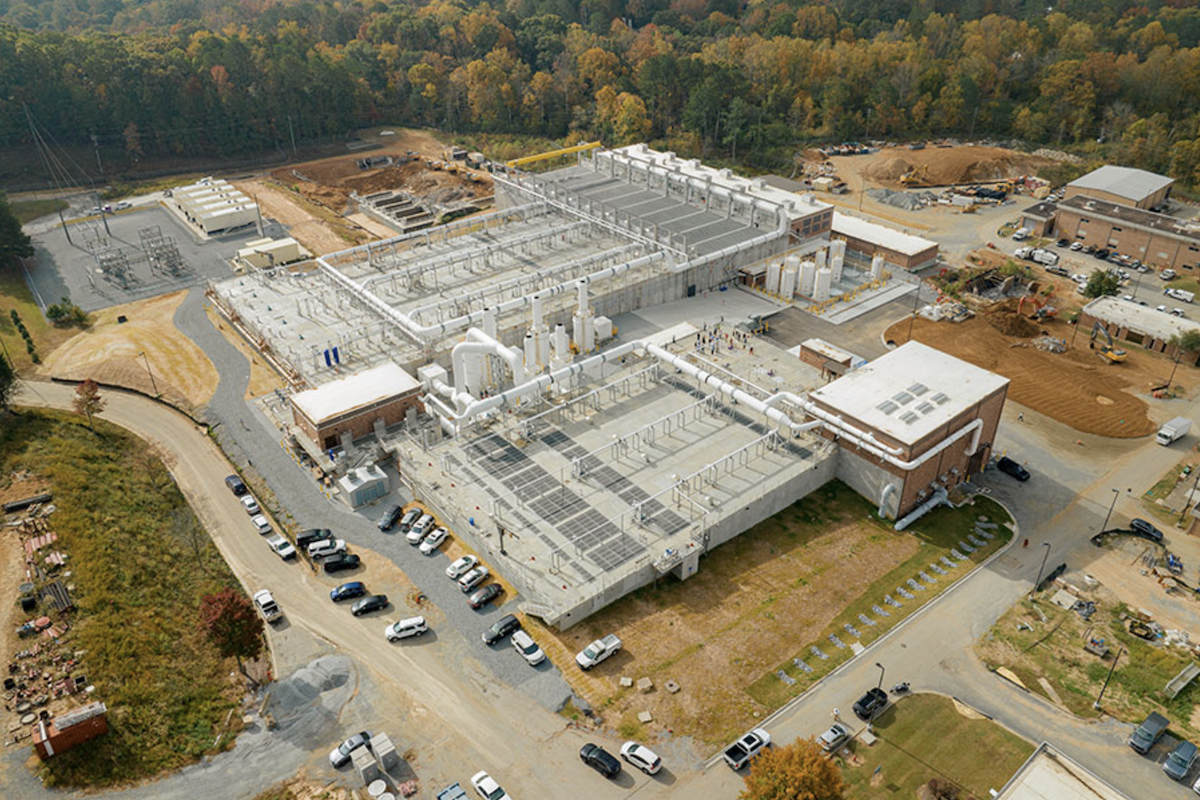CHATTANOOGA, TN — The U.S. Army Corps of Engineers Nashville District, in partnership with Shimmick Construction Company and the Tennessee Valley Authority, is making significant progress on the Chickamauga Lock replacement project. Fourteen miter gate components were recently transferred to the site. The miter gate components were delivered to the site every day for 19 days.
“These miter gates represent another step closer to the completion of the Chickamauga Lock replacement,” said Joe Cotton, Project Manager for the Chickamauga Lock Replacement. “Their installation is a critical milestone that underscores the progress being made to enhance efficiency and reliability on the Tennessee River. This project is not just about improving navigation — it’s about securing the future of a vital waterway for commerce and recreation and ensuring the long-term stability of the Chickamauga Dam.”
Approximately 1.5 million tons of material passes through Chickamauga Lock annually. The completion of the new, larger lock chamber is expected to increase efficiency by up to 80 percent for commercial vessels.
The components of the miter gates were welded together and were installed on each end of the new 110-foot by 600-foot navigation lock, enabling it to accommodate nine jumbo barges (each measuring 35 feet by 195 feet), compared to the single jumbo barge capacity of the existing lock.
Miter gates are hydraulic steel structures designed to withstand high water pressure, control water levels, and allow recreational and commercials vessels to pass through lock chambers safely.
Built by certified fabricators, these miter gates are coated with anti-corrosion material to resist rust, corrosion, and deterioration. This protective coating minimizes maintenance needs, enhancing the gates' durability and ensuring long-term functionality and safety of the lock.
“The successful delivery of this milestone is a direct result of our greatest strength — our people,” said Lt. Col. Robert Green, Commander of the USACE Nashville District. “The dedication, expertise, and teamwork of everyone involved in the Chickamauga Lock replacement project are the foundation of our success and the driving force behind this achievement.”
The Chickamauga lock replacement project includes the designing and constructing of a new 110-foot by 600-foot navigation lock. A feasibility study completed by the Corps of Engineers in 2002 confirmed that replacing the existing lock is both feasible and economically justified. Chickamauga Lock and Dam was constructed by the Tennessee Valley Authority and opened to navigation in 1940. The navigation lock is owned by Tennessee Valley Authority, but the U.S. Army Corps of Engineers is responsible for operations and maintenance.
Chickamauga Lock Replacement Project Reaches Milestone With Delivery of Miter Gates










































































